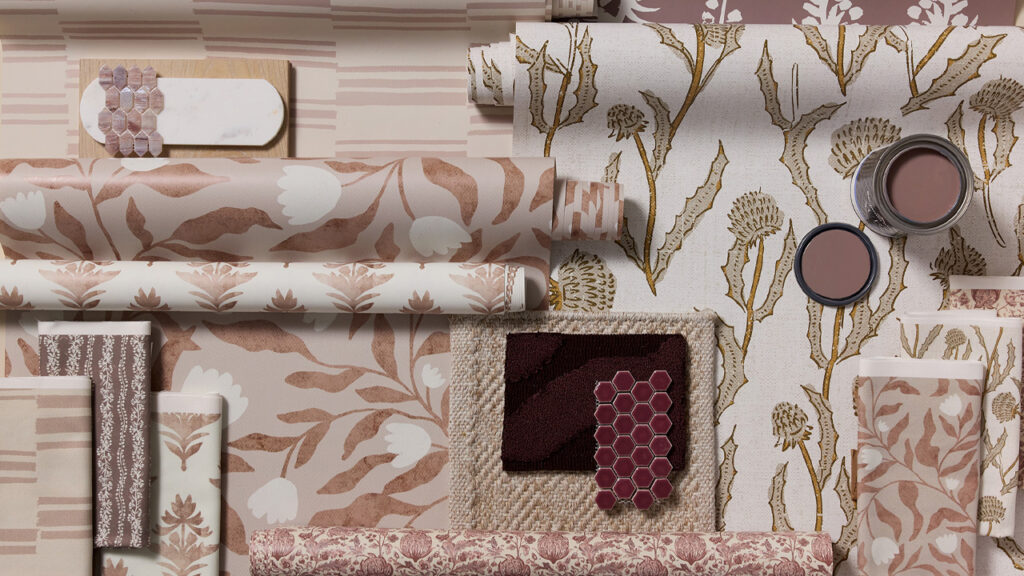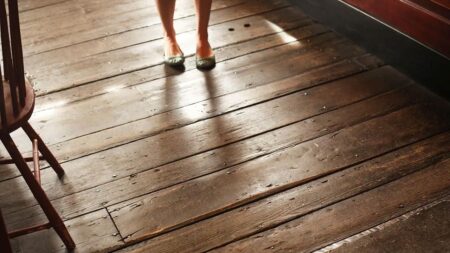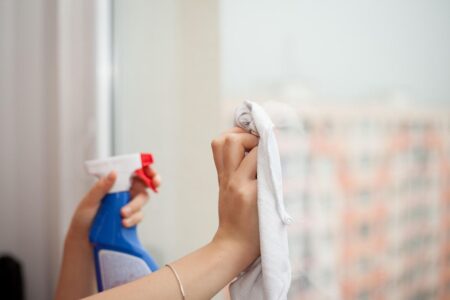Wallpaper can revamp a room without the time commitment and mess of paint or the cost of a full-scale remodel. Two of the most common types of wallpaper these days are removable pre-pasted and removable peel-and-stick wallpaper designs for walls. Both have advantages and disadvantages, and having a sense of how to properly install them can make the difference between a sleek professional finish and a do-it-yourself debacle. It also helps illustrate the pros of cons of each wallpaper type so you can see which of these types of modern wallpaper materials really is best.
Everything You Need to Know About Peel and Stick Wallpaper
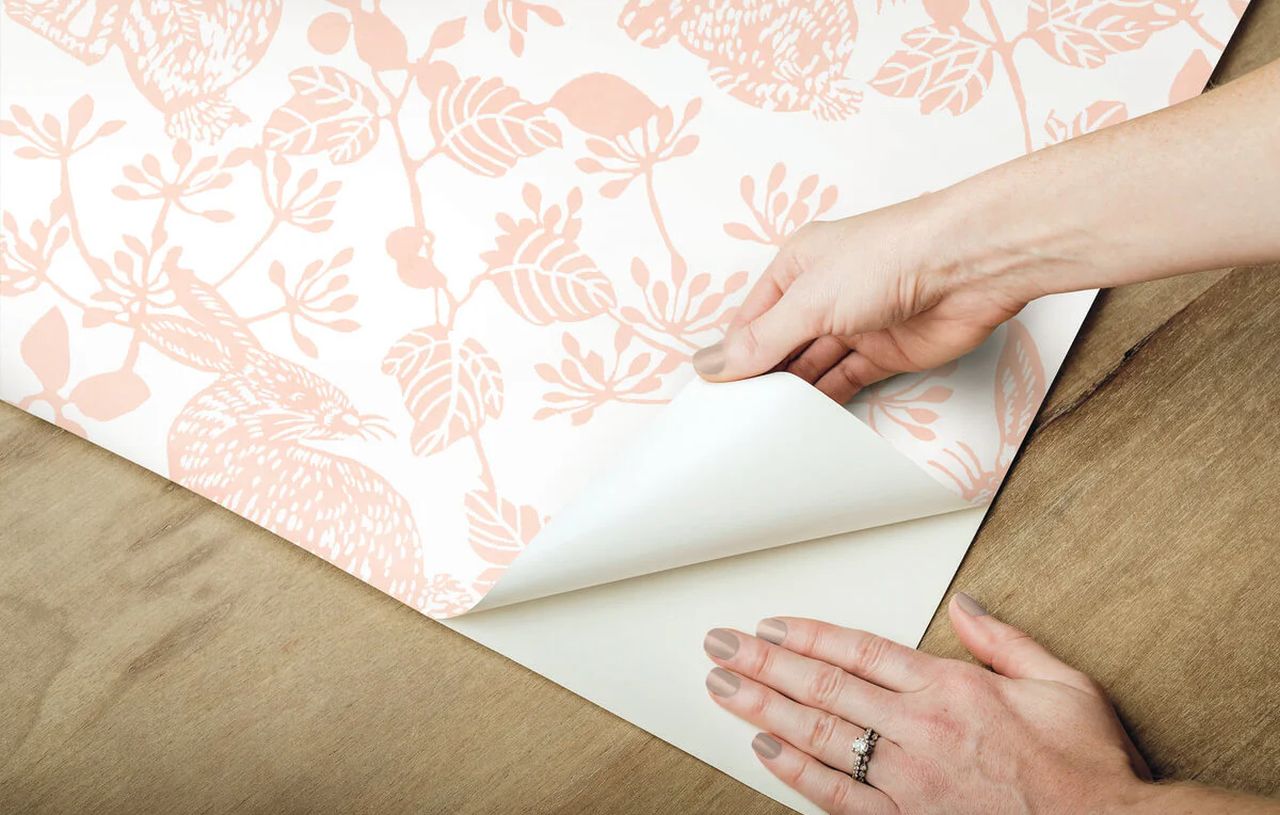
Peel-and-stick wallpaper features an adhesive backing covered by a liner. You remove the liner and attach the wallpaper directly to the wall, just like a big sticker. This type of wallpaper offers an easy, mess-free way to spruce up the walls, especially for renters. Moreover, you can remove and change it whenever you want, a freedom that does not come with painting the walls or other wallpaper types.
Pros of Peel and Stick Wallpaper:
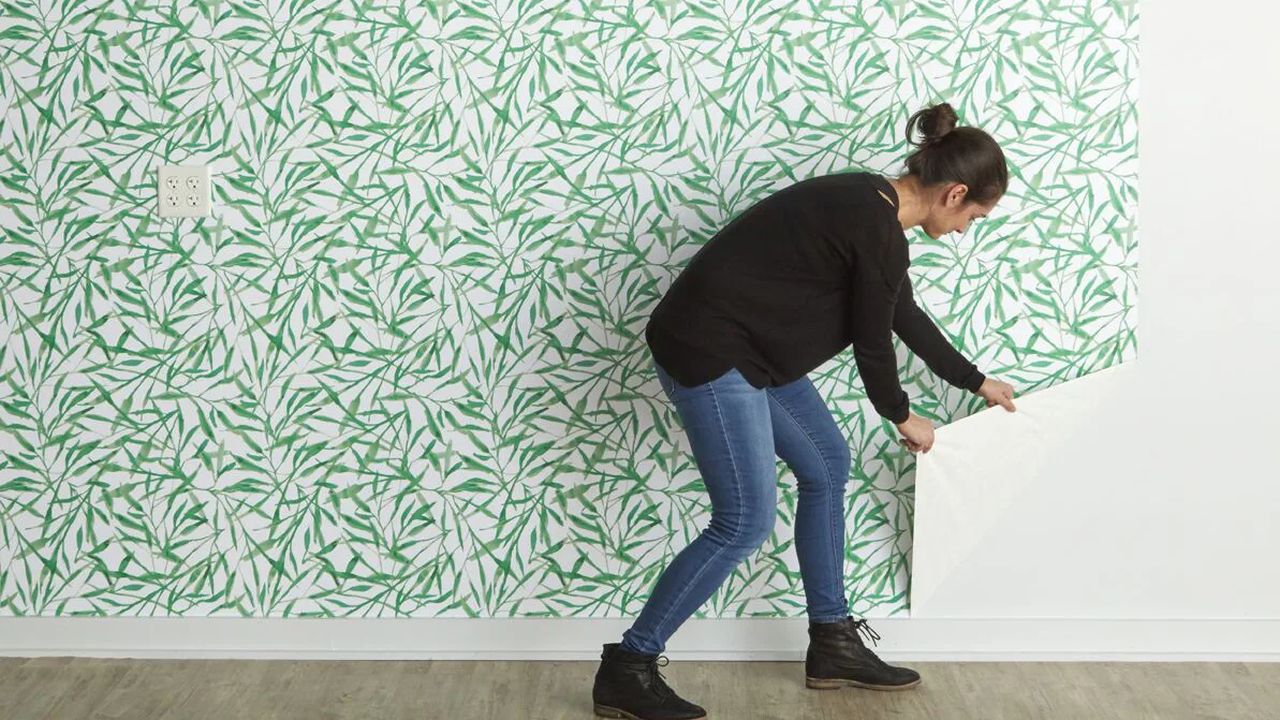
- Simple to Use: No additional adhesive, water, or sticky paste required
- Easily Removable: It tends to come off cleanly without harming the walls
- Ideal for Renters: Because it’s temporary, you’re free to swap it up as the trends shift
- Minimal Setup: No soaking, booking, or waiting periods
- Material Types: Peel-and-stick wallpaper comes in a variety of materials. You can find everything from PVC, paper, fabric, and even grasscloth
Cons of Peel and Stick Wallpaper:
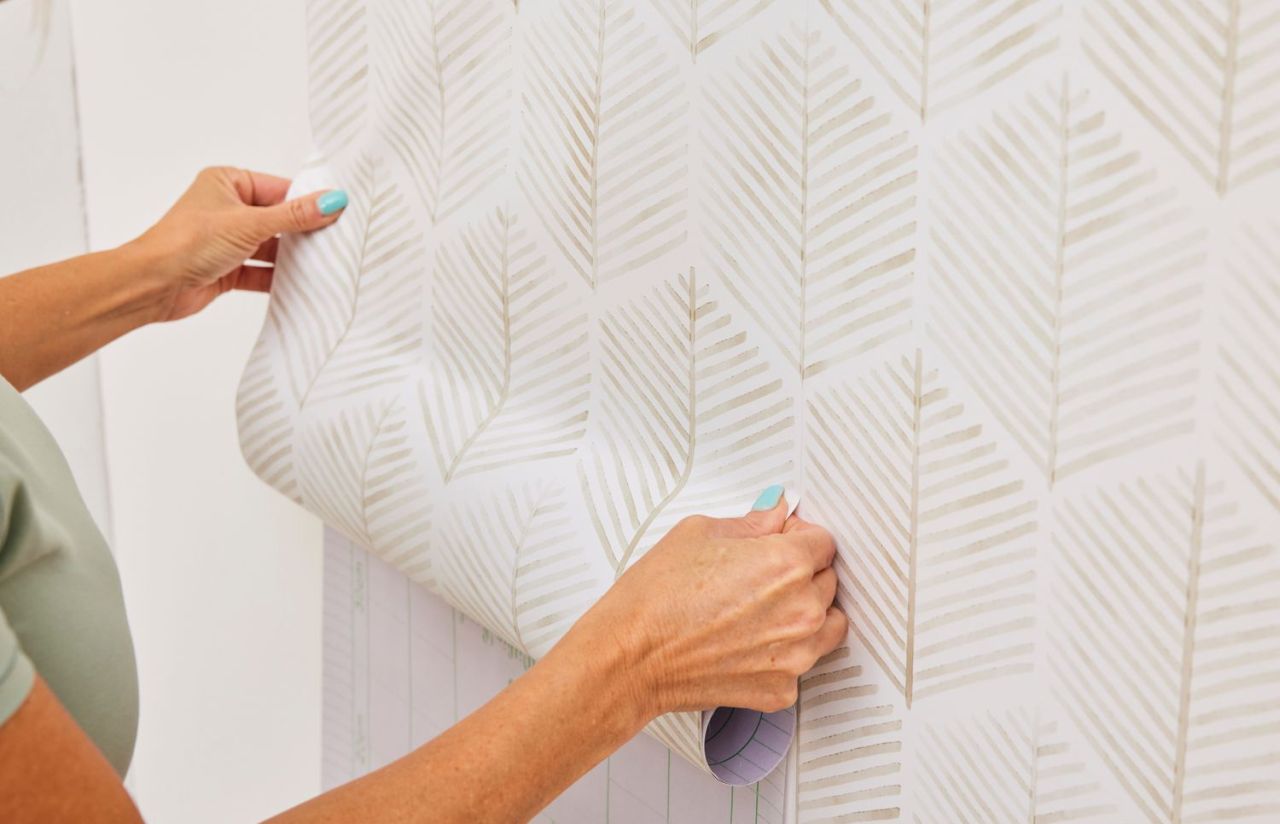
- Less Forgiving: It’s hard to move once stuck. Getting the panels to line up perfectly on a complicated pattern can be difficult, as once the wallpaper sticks to the wall, you can not slide it into place like a traditional wallpaper
- May Reveal Wall Imperfections: Bubbles and wrinkles are more likely if the wall surface isn’t smooth
- Overlaps May Stand Out: Most peel-and-stick wallpapers are installed with a one-inch overlap, which, with a light-colored wallpaper, you might see where each panel overlaps, and you may not love the look
Steps to Install:
- Prep the Wall: Wipe the surface with a damp rag and allow it to dry. Dirt or grease may keep the adhesive from adhering.
- Measure and Plan: Draw a straight vertical line where the first strip will go. Utilize a level.
- Peel it Slowly: Peel a small piece of the backing and align the upper edge of the backing with the wall. Press while peeling downward slowly.
- Smooth it Out: Press bubbles of air away as you go using a plastic squeegee smoothing tool or even a credit card.
- Trim Excess: Use a sharp utility knife for a smooth edge at the ceiling and the baseboards.
Pro Tips for Peel-and-Stick:
- Don’t remove the full backing all at once. Peel a few inches at a time
- When you make a mistake, carefully pull back and reapply instantly
- Use a pin to poke air bubbles, and then use your smoothing squeegee to adhere the wallpaper to the wall
Also Read: Monochrome or Abstract Art, Which is Right for Your Wall Décor
Everything You Need To Know About Removable Pre-Pasted Wallpaper

Pasted wallpaper designs for walls already contain adhesive on the reverse side that becomes active when wet. You wet it, “book” (fold adhesive sides inward to relax), then hang it on the wall. It is completely removable after use. You only need to add water to the wall, let the wallpaper get wet, and pull it off without damaging the wall or the wallpaper.
Pros of Removable Pre-Pasted Wallpaper:
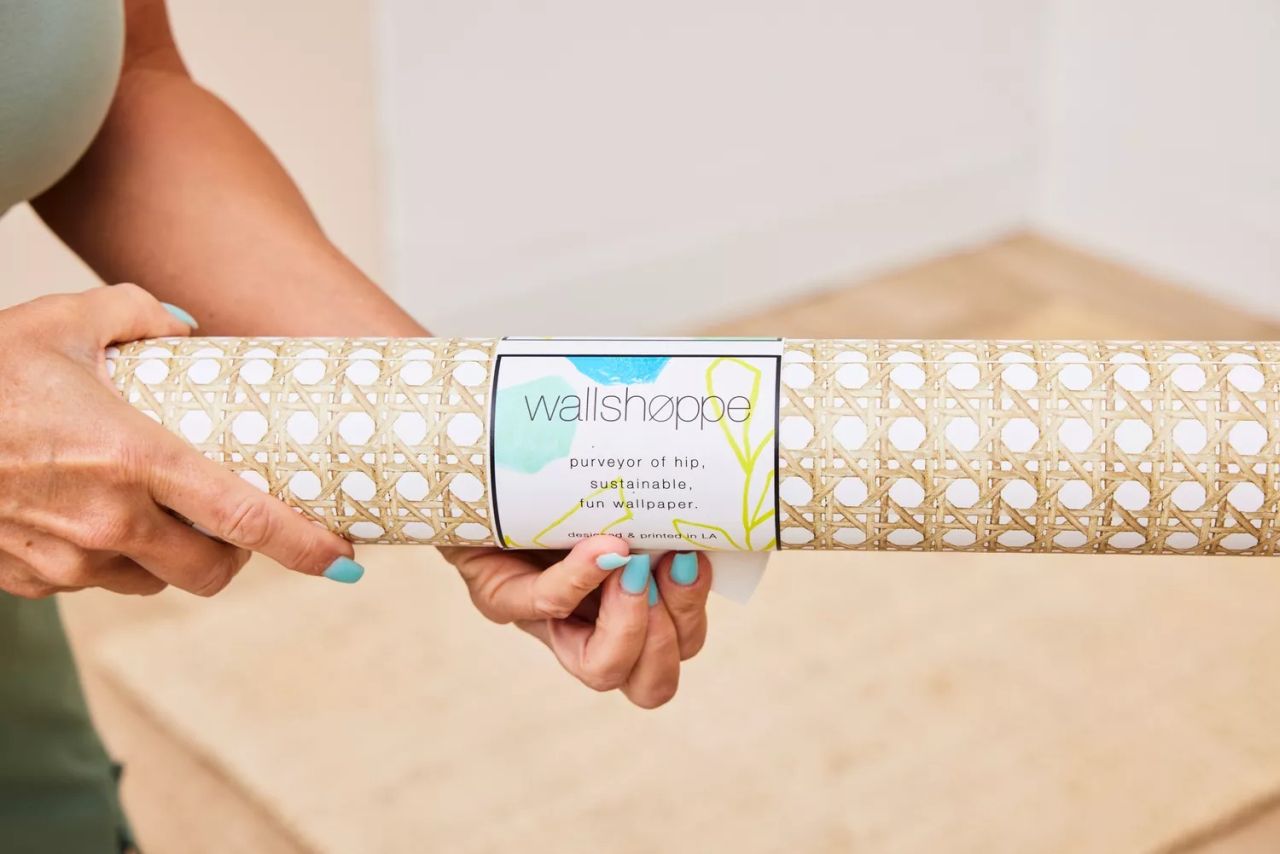
- More Adaptable: Slides more easily into position on the wall after application
- Stronger Bond: Better retention over time, particularly on smooth surfaces
- Smooth Finish: More tolerant of small imperfections than peel-and-stick
- No Overlap Required: Pre-pasted wallpaper allows you to slide it into place once it is on the wall, making it much easier to align difficult patterns
- Removable: With removable pre-pasted wallpaper, you can remove it just as easily or maybe even easier than peel-and-stick wallpaper
Cons of Removable Pre-Pasted Wallpaper:
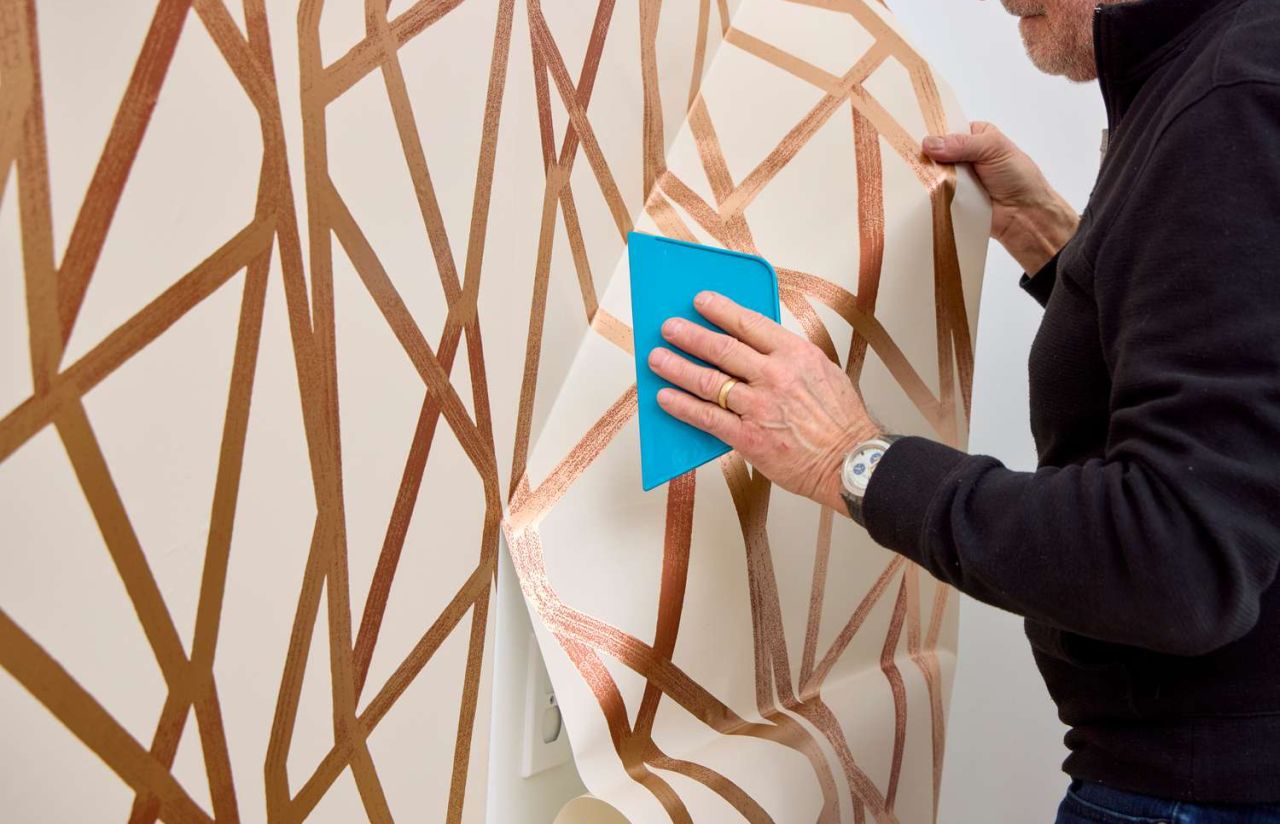
- Messier Process: Needs water trays or a spray bottle, and may drip
- Longer Prep: It will take time for soaking as well as booking
- Removability May Differ: Some products state they are “removable,” yet may leave a residue
- Durability: Durability can be an issue with a removable pre-pasted wallpaper, as it is a paper product. Unlike peel and stick wallpaper, which comes in more durable options like PVC
Steps to Install:
- Prep the Wall: Same as peel-and-stick. Walls should be clean, smooth, and dry.
- Measure and Plan: Mark where you plan on starting over the level.
- Activate the Adhesive: Wet the strip according to the manufacturer’s instructions or spray the back.
- Book the Paper: Fold the adhesive sides towards each other (do not crease) and allow it to rest for a couple of minutes.
- Apply to the Wall: Position the first strip carefully and press gently against the wall.
- Smooth and Adjust: Use a plastic squeegee smoother or a wallpaper brush to remove bubbles.
- Trim Excess: Keen knife work on the edges is necessary for a sharp finish.
Pro Tips for Pre-Pasted:
- Always pre-book the paper. It allows the adhesive to set evenly
- Have a sponge and clean water on hand to remove any excess glue
- Work together in pairs, where one person holds the top part and the other person holds the bottom
Final Decision: Which Wallpaper is Better?
The answer is a little more complicated than just declaring one or the other the winner. Peel-and-stick offers a better option for novices and renters as it’s easier when sticking, but it demands more accuracy and patience to install. Pre-pasted enables easier repositioning and might be more refined-looking, but involves a small amount of expertise involving water and glue. By planning carefully and going slow, you can definitely get a smooth, seamless look that will help revamp your room without needing a professional with either material.
However, in the end, peel and stick is a better option for higher traffic areas as well as areas where moisture is going to be present like a bathroom or kitchen. With a peel and stick vinyl you can clean it by simply using a wet cloth without worrying about leaving water marks or removing the wallpaper completely.
For a low traffic area like in a bedroom a pre-pasted wallpaper gives you all of the same benefits of a peel and stick wallpaper without any of the downsides. It is removable just like peel and stick but your installation will be easier and you will not have to worry about seeing overlap lines.
So, take a look at where you would like to install your wallpaper and then make the decision on which type of removable wallpaper will fit your needs.

Follow Homecrux on Google News!
